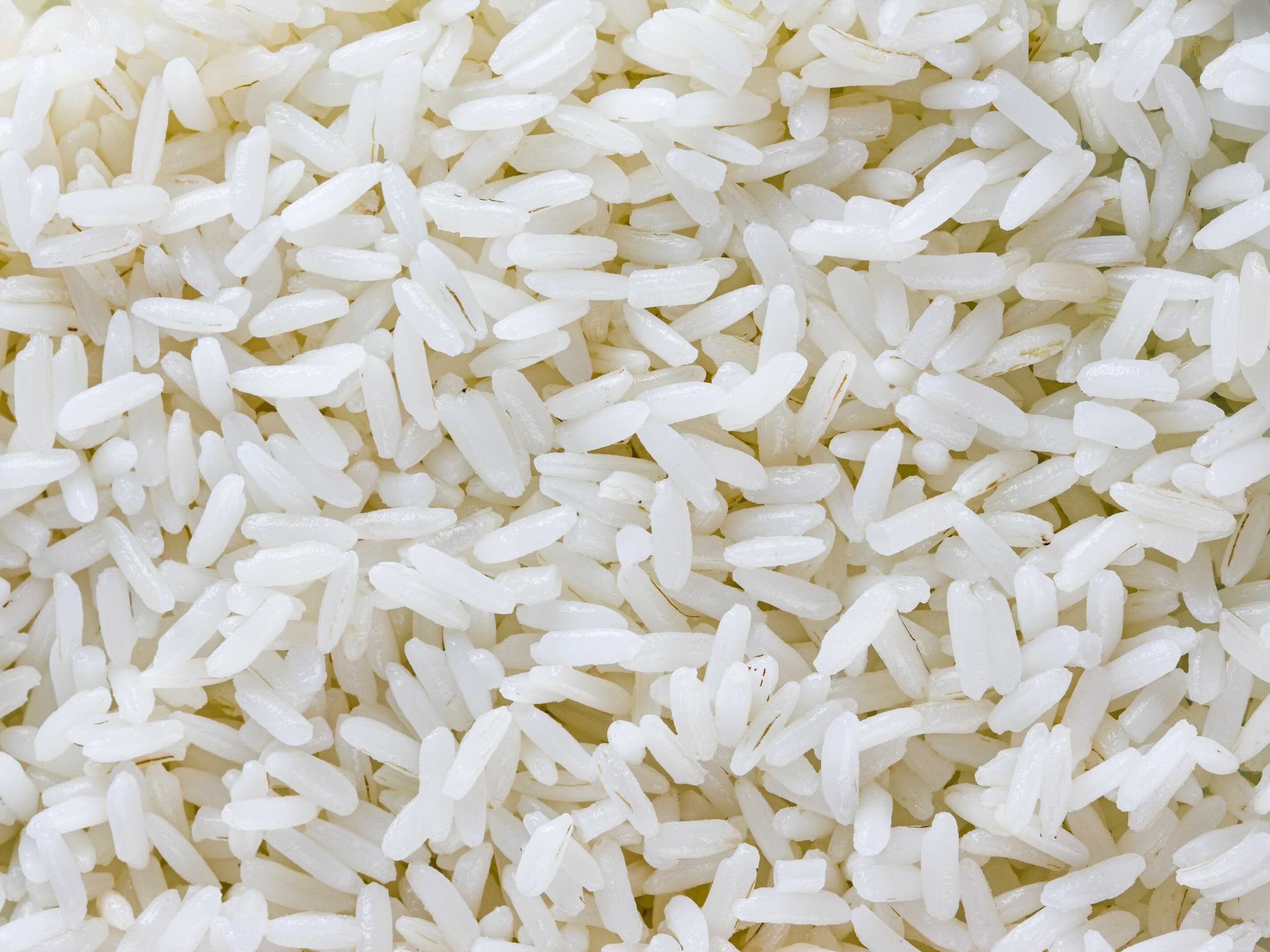

Articles
How To Store Rice For A Long Time
Modified: August 27, 2024
Learn how to store rice for a long time with our informative articles. Discover the best methods and tips to keep your rice fresh and prevent spoilage.
(Many of the links in this article redirect to a specific reviewed product. Your purchase of these products through affiliate links helps to generate commission for Storables.com, at no extra cost. Learn more)
Introduction
When it comes to storing rice for a long time, proper preservation techniques are essential to maintain its quality and freshness. Rice is a staple food for millions of people around the world, and being able to store it effectively can be a game-changer, especially during times of emergency or food scarcity.
In this article, we will explore the best practices for storing rice to ensure it remains edible and retains its nutritional value over an extended period. We will discuss the shelf life of rice, the right type of rice for long-term storage, suitable containers for storing rice, creating an ideal storage environment, techniques to extend the shelf life, tips for maintaining rice quality, and common mistakes to avoid.
By following the guidelines presented in this article, you will be able to store rice for an extended period without compromising its taste, texture, or nutritional properties. So, let’s dive in and discover the secrets to proper rice storage!
Key Takeaways:
- Properly storing rice involves choosing the right type, using airtight containers, and creating an ideal storage environment. Techniques like freezing and oxygen absorbers can extend shelf life, ensuring a reliable source of fresh rice.
- Avoid common mistakes when storing rice, such as using non-airtight containers, exposing rice to moisture, and neglecting stock rotation. By following proper storage techniques, you can enjoy high-quality, nutritious rice for an extended period.
Read more: How To Store Ammo For Long Time
Understanding the Shelf Life of Rice
Before delving into the details of storing rice, it’s crucial to understand its shelf life. The shelf life of rice refers to the amount of time that rice can be stored before it starts to go bad or loses its quality.
Rice is a type of grain that contains natural oils, and these oils can turn rancid over time, resulting in a stale taste and unpleasant odor. Additionally, rice is susceptible to moisture, pests, and contaminants, which can all affect its quality and edibility.
The shelf life of rice varies depending on several factors, including the type of rice, how it was processed, and the storage conditions. In general, uncooked white rice has a longer shelf life compared to brown rice or rice that still has the bran intact. This is because the bran and germ in brown rice contain oils that can spoil more quickly.
White rice that has been properly stored can last anywhere from 2 to 10 years, while brown rice typically has a shelf life of about 6 months to 1 year. Of course, these are rough estimates, and the actual shelf life may vary depending on the quality of the rice and the storage conditions.
It’s important to note that the shelf life of rice refers to its edibility, not its nutritional value. While stored rice may still be safe to consume after its shelf life has expired, the nutritional content may have degraded over time.
Therefore, it’s essential to be mindful of the shelf life of rice and ensure that you rotate your stock regularly to consume the oldest rice first. This way, you can enjoy rice that is not only safe to eat but also maintains its nutritional benefits.
Choosing the Right Type of Rice for Long-Term Storage
When it comes to storing rice for the long term, selecting the right type of rice is crucial. Different varieties of rice have different storage characteristics and shelf lives.
White rice, specifically long-grain white rice, is the most ideal choice for long-term storage. This is because white rice has had the bran and germ removed, which contains oils that can turn rancid over time. Without these oils, white rice has a longer shelf life compared to brown rice or rice with the bran still intact.
Furthermore, within the category of white rice, look for rice that has a low moisture content. This is important because moisture can lead to the growth of mold or bacteria, which will significantly shorten the shelf life of the rice. Opt for rice that has a moisture content of around 14% or less.
Additionally, consider the milling and processing methods used for the rice. Rice that has undergone proper milling and has been polished will have a longer shelf life. This is because the outer layers of the rice, which contain oils and nutrients that are susceptible to spoilage, have been removed.
Finally, consider the packaging of the rice. Look for rice that is packed in airtight, moisture-resistant packaging. This will help to keep the rice fresh and prevent any moisture or contaminants from entering the package.
In summary, when choosing rice for long-term storage, opt for long-grain white rice with a low moisture content, properly milled and polished, and packaged in airtight, moisture-resistant packaging. These factors will contribute to a longer shelf life and better preservation of the rice.
Storing Rice in Proper Containers
The container in which you store rice plays a significant role in maintaining its quality and preventing spoilage. It’s important to choose the right type of container that will protect the rice from moisture, pests, and other contaminants.
Here are some options for storing rice in proper containers:
- Airtight Containers: Use airtight containers, such as food-grade plastic containers or glass jars with tight-sealing lids. These containers create a barrier against moisture and pests, keeping the rice fresh for longer periods. Make sure to choose containers that are specifically designed for long-term storage.
- Mylar Bags: Another effective option is to store rice in Mylar bags, which are made from a durable and flexible material that provides an excellent barrier against moisture and pests. Mylar bags can be sealed with a heat sealer to create an airtight environment for the rice.
- Buckets with Gamma Seals: For larger quantities of rice, consider using food-grade plastic buckets with gamma seals. Gamma seals are airtight and easy to open and close, making them convenient for accessing the rice while maintaining its freshness and protection.
- Vacuum Sealing: Vacuum sealing is another effective method for storing rice. By removing the air from the packaging, you can significantly extend the shelf life of the rice. Use a vacuum sealer specifically designed for food storage and follow the manufacturer’s instructions for proper sealing.
Regardless of the container you choose, ensure that it is clean, dry, and free from any contaminants before storing rice. Additionally, label the container with the date of storage to keep track of the rice’s shelf life.
Remember to store the rice containers in a cool, dry, and dark place, away from direct sunlight, moisture, and heat sources. Exposure to these elements can compromise the quality and shelf life of the rice.
By using proper containers and taking necessary precautions, you can prolong the shelf life of rice and ensure that it remains fresh, safe, and ready for consumption whenever needed.
Creating the Ideal Storage Environment
Along with using the right containers, creating an ideal storage environment is crucial for preserving the quality and freshness of stored rice. Here are some key factors to consider:
- Temperature: Rice should be stored in a cool environment with a stable temperature. Ideally, the storage area should range from 50°F to 70°F (10°C to 21°C). Avoid exposing the rice to extreme temperature fluctuations or high temperatures, as this can accelerate spoilage.
- Humidity: Moisture is one of the biggest enemies of stored rice, as it can lead to the growth of mold and bacteria. The storage area should have low humidity levels, ideally around 60% or lower. To reduce humidity, consider using moisture absorbers such as silica gel packets or desiccant packs.
- Light: Rice should be stored in a dark place away from direct sunlight. Exposure to light can cause the rice to deteriorate and lose its quality. If using transparent containers, it is recommended to store them inside opaque bags or in a dark cupboard or pantry.
- Airflow: Proper airflow is important to prevent the buildup of moisture and to maintain freshness. Avoid storing rice in areas with poor ventilation or near sources of moisture, such as appliances that emit heat or water.
By considering these factors, you can create an ideal storage environment that minimizes the risk of spoilage and maintains the quality and freshness of the stored rice for a longer period.
It is also important to periodically check the storage area for any signs of pests or mold. If you detect any issues, take appropriate measures to address them promptly to prevent further contamination and spoilage of the rice.
Remember, maintaining the ideal storage environment is just as important as using proper containers when it comes to preserving the quality and extending the shelf life of stored rice. By following these guidelines, you can ensure that your rice remains in optimal condition, ready to be enjoyed whenever you need it.
Store rice in an airtight container in a cool, dry place to keep it fresh for a long time. Avoid exposure to moisture, heat, and sunlight to prevent spoilage.
Read more: How To Store Eggs For A Long Time
Techniques for Extending the Shelf Life of Rice
While rice already has a decent shelf life, there are several techniques you can employ to extend its longevity even further. By implementing these methods, you can maximize the freshness and quality of your stored rice:
- Freezing: Freezing is an effective way to prolong the shelf life of rice. Before freezing, portion the rice into airtight freezer bags or containers and remove as much air as possible. When you’re ready to use the rice, simply thaw it in the refrigerator or reheat it directly. However, it’s important to note that the texture of the rice might slightly change after freezing.
- Oxygen Absorbers: Oxygen absorbers are packets containing iron powder that help eliminate oxygen from the storage container. Oxygen is known to contribute to the degradation of rice quality, so placing oxygen absorbers in the container can significantly extend its shelf life. Follow the manufacturer’s instructions for the appropriate number of oxygen absorbers to use based on the container size.
- Hermetic Sealing: Hermetic sealing involves removing oxygen from the container and creating a completely sealed environment. This technique prevents the growth of pests, molds, and bacteria, allowing the rice to stay fresh for longer periods. Vacuum sealers or special containers designed for hermetic sealing can be used for this purpose.
- Rotate Stock: To ensure that the rice stays fresh, it’s important to practice stock rotation. Always use the oldest rice first and replace it with newer stock. This way, you’ll consistently have fresh rice available, while also preventing any rice from exceeding its shelf life.
- Keep Away from Strong Odors: Rice is exceptionally absorbent and can take on the flavors and odors of its surroundings. To maintain the taste and aroma of the rice, store it away from strong-smelling substances like spices, cleaning chemicals, and pungent food items.
By implementing these techniques, you can significantly extend the shelf life of your stored rice and ensure that it remains fresh and flavorful for an extended period.
Remember to always monitor the condition of the rice and regularly inspect the storage containers for any signs of pests or damage. Promptly address any issues to prevent the spread of contaminants and maintain the quality of the rice.
With the right techniques and proper storage, you can enjoy high-quality rice even after an extended period of time, ensuring that you always have a reliable source of nourishment available.
Tips for Maintaining Rice Quality
While storing rice for a long time, it’s important to take certain precautions to maintain its quality and ensure optimal freshness. Here are some helpful tips to help you preserve the quality of your stored rice:
- Inspect and Sort: Before storing rice, inspect it for any damaged or broken grains, stones, or debris. Remove any impurities to prevent contamination and ensure that only clean rice is stored.
- Properly Seal the Containers: Ensure that the containers used for storing rice are tightly sealed to prevent moisture, pests, and airborne contaminants from entering. Check the seals regularly to make sure they remain intact.
- Lighten the Load: Avoid storing excessive amounts of rice in a single container. Overfilling can lead to compaction and reduce the lifespan of the rice. Instead, divide the rice into smaller, manageable portions for storage.
- Avoid Temperature Fluctuations: Keep the storage area of the rice relatively stable in terms of temperature. Avoid exposing the rice to extreme temperature fluctuations, as this can affect its texture and taste.
- Do Not Mix Different Rice Types: It’s best to store different types of rice separately to prevent cross-contamination and preserve their unique flavors. Mixing different rice varieties may result in a loss of flavor profile.
- Regularly Check for Pests: Keep an eye out for pests such as weevils, moths, or rodents. Regularly inspect the storage area and containers for signs of infestation, and take appropriate measures to eliminate the pests if necessary.
- Rotate Stock: Practice a first-in, first-out (FIFO) system when using the stored rice. Use the oldest stock first and replenish with fresh rice. This ensures that you consume the rice before it reaches its expiration date and maintains a consistent supply of fresh rice.
- Avoid Moisture and Humidity: Moisture is a common enemy of stored rice. Keep the storage area dry and avoid exposing the rice to moisture or high humidity. Use moisture absorbers or desiccant packs to help reduce excess moisture.
- Store in Cool, Dark Areas: Find a cool, dark area to store your rice. Direct sunlight and heat can negatively impact the quality and lifespan of the rice. Consider using cupboards or pantries away from heat sources.
By following these tips, you can ensure that your stored rice remains fresh, flavorful, and of high quality until it is ready to be consumed. With proper care, you can enjoy delicious rice meals even after long periods of storage.
Common Mistakes to Avoid When Storing Rice
Proper storage is essential in preserving the quality and shelf life of rice. However, there are common mistakes that people often make when storing rice that can compromise its freshness and edibility. Here are some mistakes to avoid:
- Not Using Airtight Containers: Storing rice in containers that are not airtight can allow moisture and pests to enter, leading to spoilage. Always use airtight containers specifically designed for long-term storage.
- Exposing Rice to Moisture: Moisture is the enemy of stored rice. Avoid storing rice in areas with high humidity levels or near water sources. Moisture can lead to the growth of mold, bacteria, and insect infestations.
- Not Rotating Stock: Failing to rotate your rice stock can result in older rice sitting in storage for extended periods, risking its quality and nutritional value. Ensure you use the oldest rice first and replenish with fresh stock.
- Ignoring Pests: Pests such as weevils, moths, and rodents can quickly infest stored rice if not properly addressed. Regularly inspect the storage area and containers for signs of pests and take prompt action if any are found.
- Storing Rice in Open Bags: Leaving rice in its original open bag or packaging exposes it to air, moisture, and pests. Transfer the rice to airtight containers for better protection and preservation.
- Exposing Rice to Sunlight: Sunlight can cause the rice to become stale and lose its nutritional value. Store rice in a cool, dark area away from direct sunlight to preserve its quality.
- Storing Rice Near Strong Odors: Rice has a tendency to absorb odors. Avoid storing rice near strong-smelling substances like spices, cleaning chemicals, or pungent food items, as it can affect the taste and aroma of the rice.
- Not Checking for Damaged Grains: Damaged or broken grains can hasten spoilage and allow contaminants to enter the stored rice. Inspect the rice before storage and remove any damaged grains to maintain the quality.
- Incorrect Labeling: Accurate labeling of the storage containers with the date of storage is essential for proper stock rotation and maintaining the freshness of the rice.
By avoiding these common mistakes, you can ensure that your stored rice remains fresh, safe to consume, and of the highest quality. With proper storage techniques, you can enjoy delicious and nutritious rice meals for an extended period.
Conclusion
Storing rice for a long time requires proper techniques and attention to detail to ensure its quality and freshness. By understanding the shelf life of rice, choosing the right type of rice for long-term storage, using proper containers, creating the ideal storage environment, and implementing techniques to extend the shelf life, you can maximize the longevity of your stored rice.
Choosing the right type of rice, such as long-grain white rice with low moisture content, and storing it in airtight containers or Mylar bags, can help protect it from moisture, pests, and contaminants. Creating the ideal storage environment, with stable temperatures, low humidity, and proper airflow, is crucial for preserving the quality of the rice.
Techniques like freezing, using oxygen absorbers, hermetic sealing, and stock rotation can further extend the shelf life of stored rice. By avoiding common mistakes such as improper storage containers, exposure to moisture or sunlight, and neglecting to check for pests or damaged grains, you can ensure the longevity and quality of your stored rice.
Remember to periodically check your rice storage for any signs of pests or spoilage, and promptly address any issues that arise. By following these guidelines and implementing proper storage techniques, you can ensure that you always have a reliable source of fresh and nutritious rice, even during extended periods of storage.
Whether you are preparing for emergencies, stocking up for long-term sustainability, or simply looking to reduce waste and save money, proper rice storage is key. With the knowledge and practices outlined in this article, you can confidently store rice for a long time, while maintaining its taste, texture, and nutritional value.
Take the necessary steps to store your rice properly, and enjoy the peace of mind of having a versatile and nutritious staple in your pantry that will last for years to come.
Frequently Asked Questions about How To Store Rice For A Long Time
Was this page helpful?
At Storables.com, we guarantee accurate and reliable information. Our content, validated by Expert Board Contributors, is crafted following stringent Editorial Policies. We're committed to providing you with well-researched, expert-backed insights for all your informational needs.
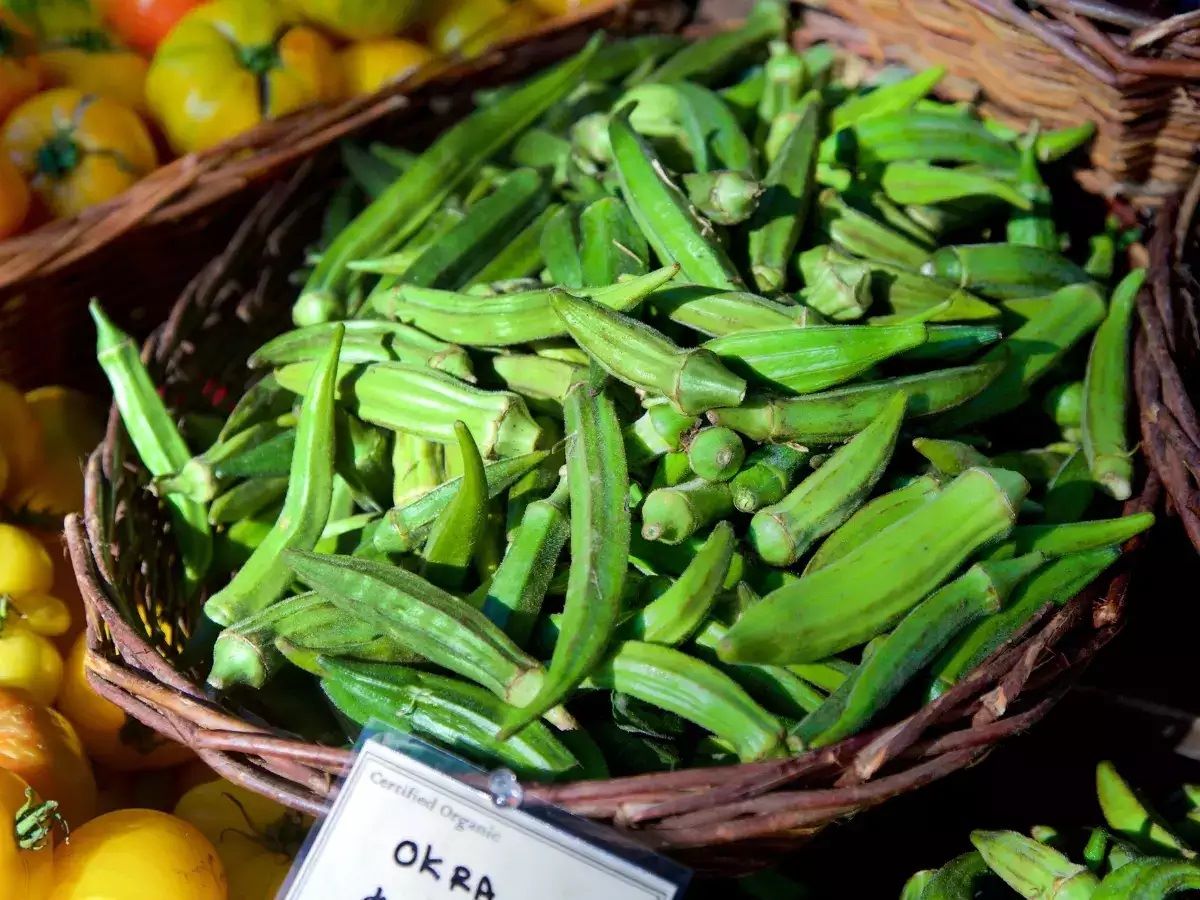



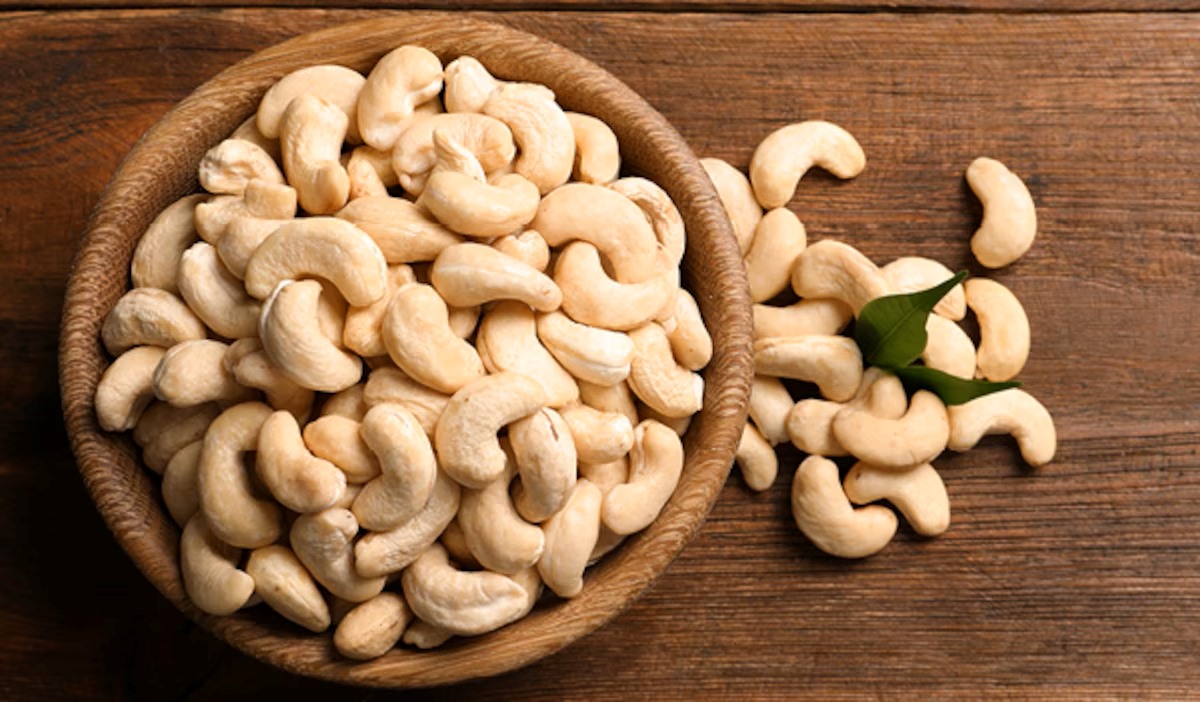
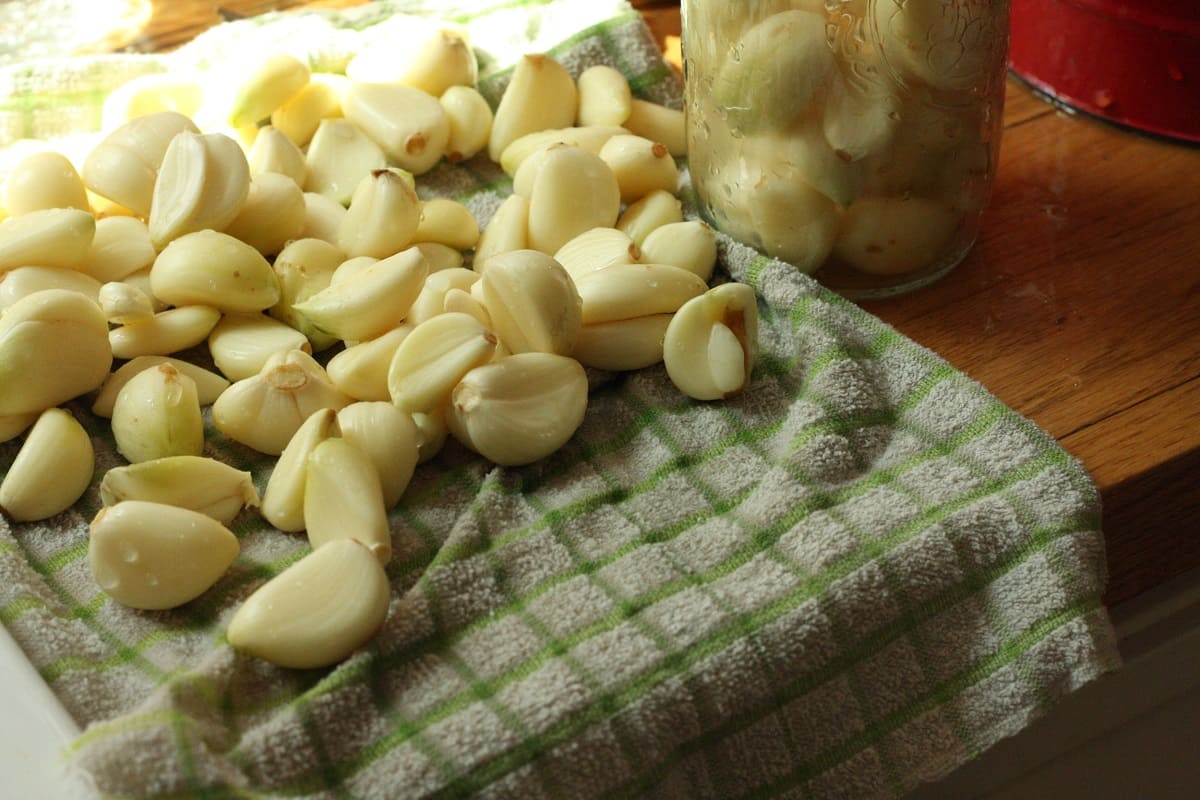
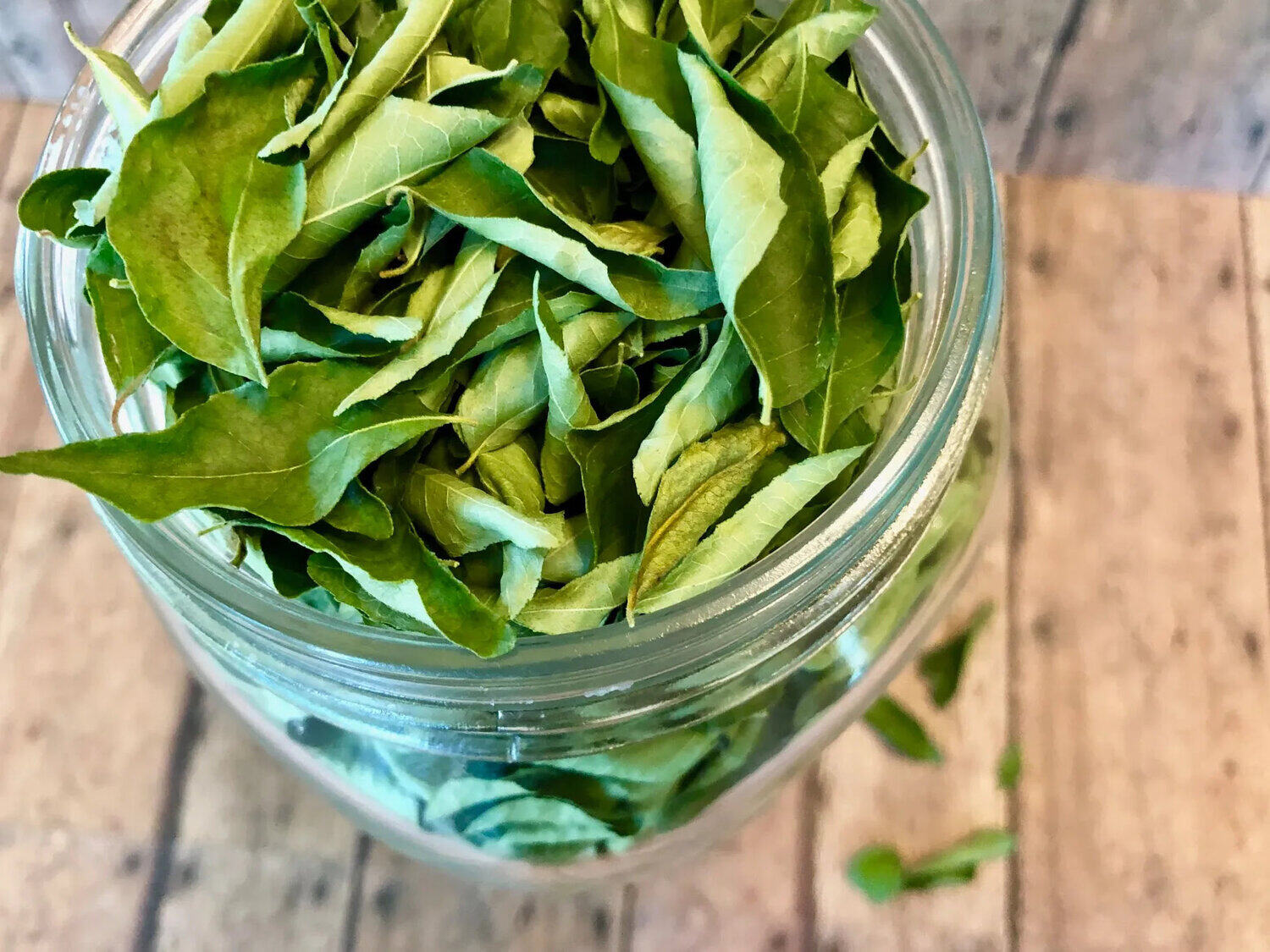






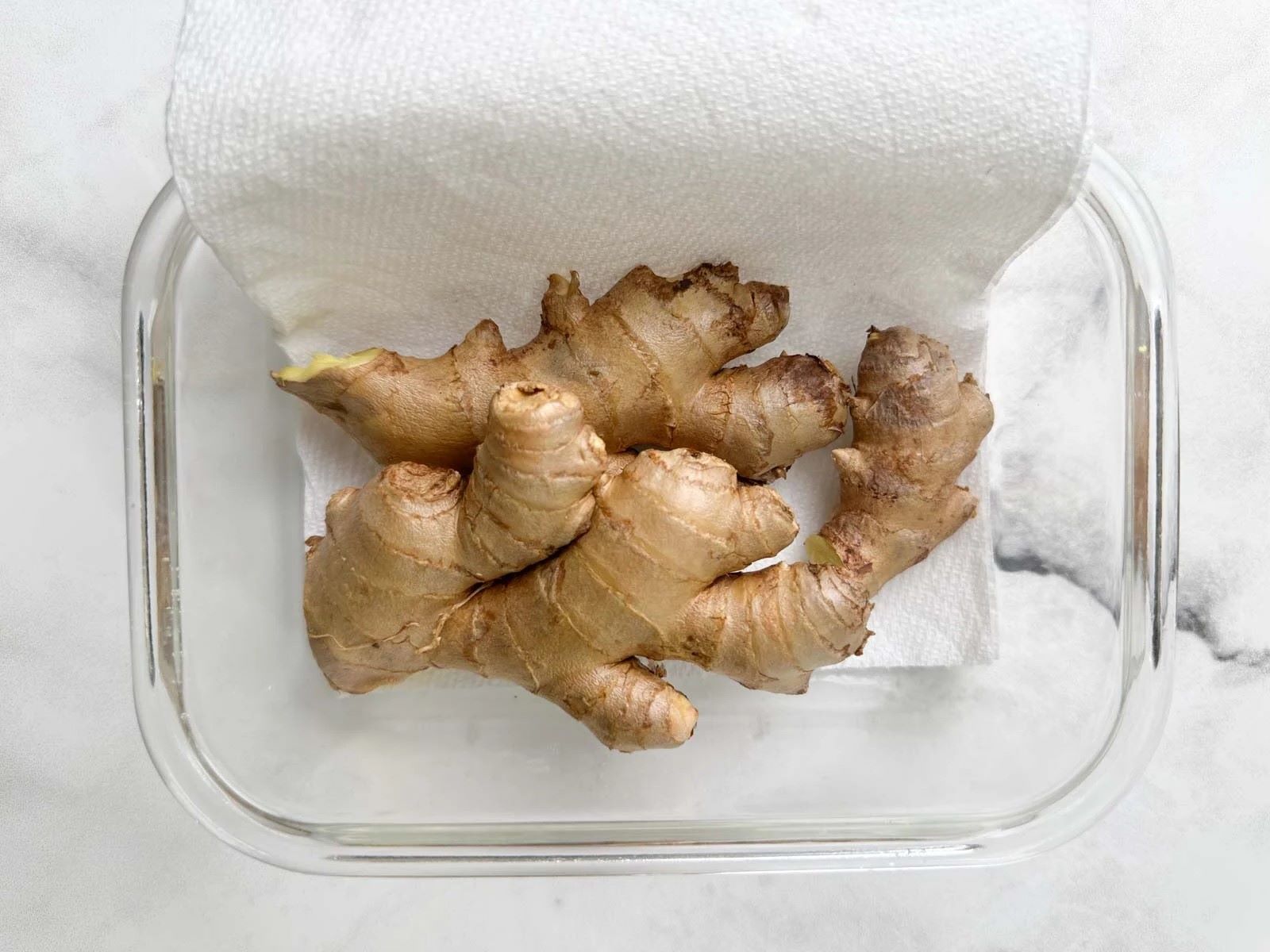

0 thoughts on “How To Store Rice For A Long Time”